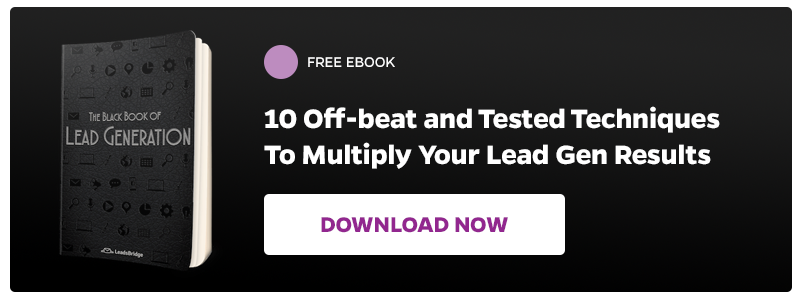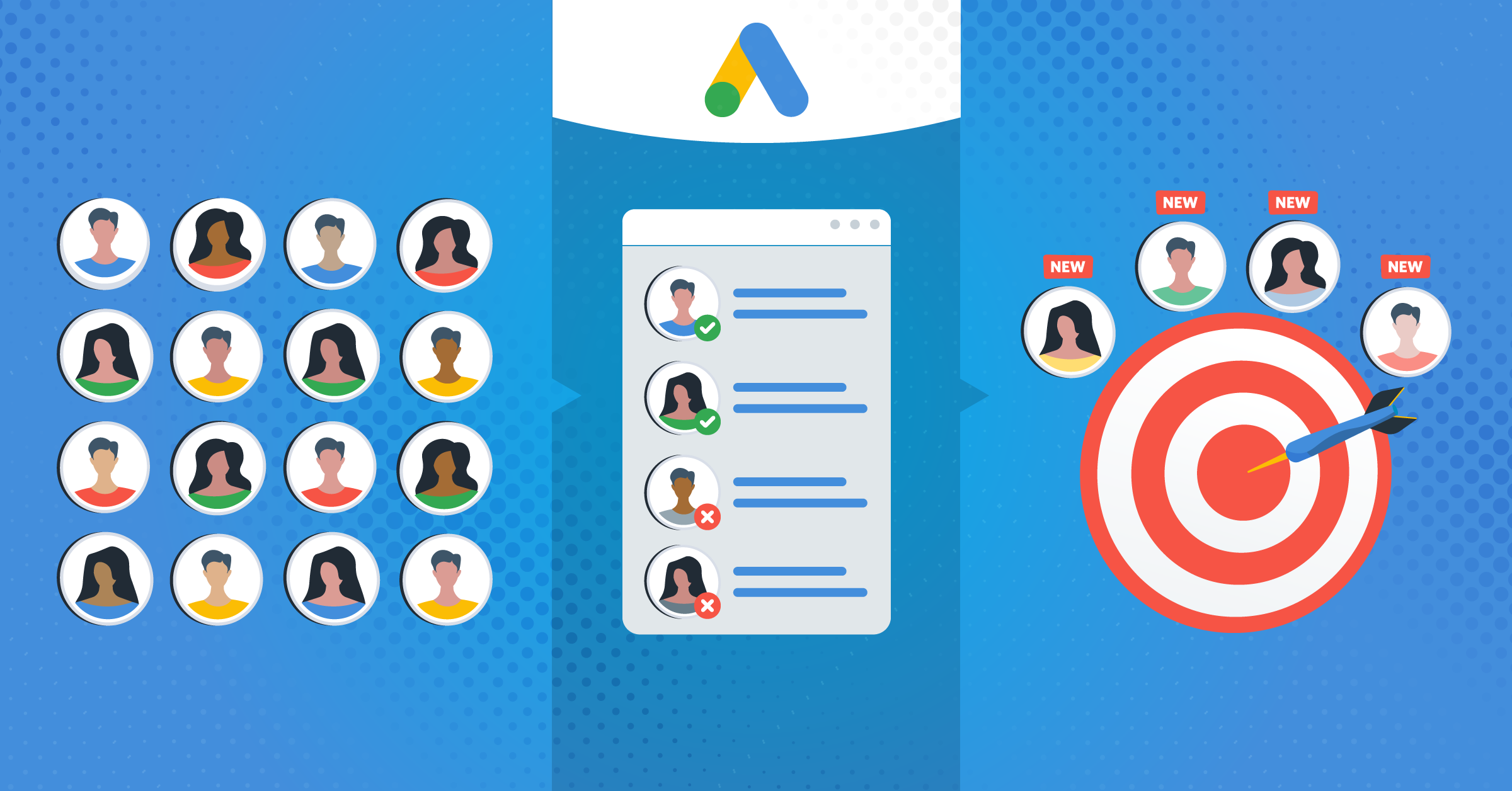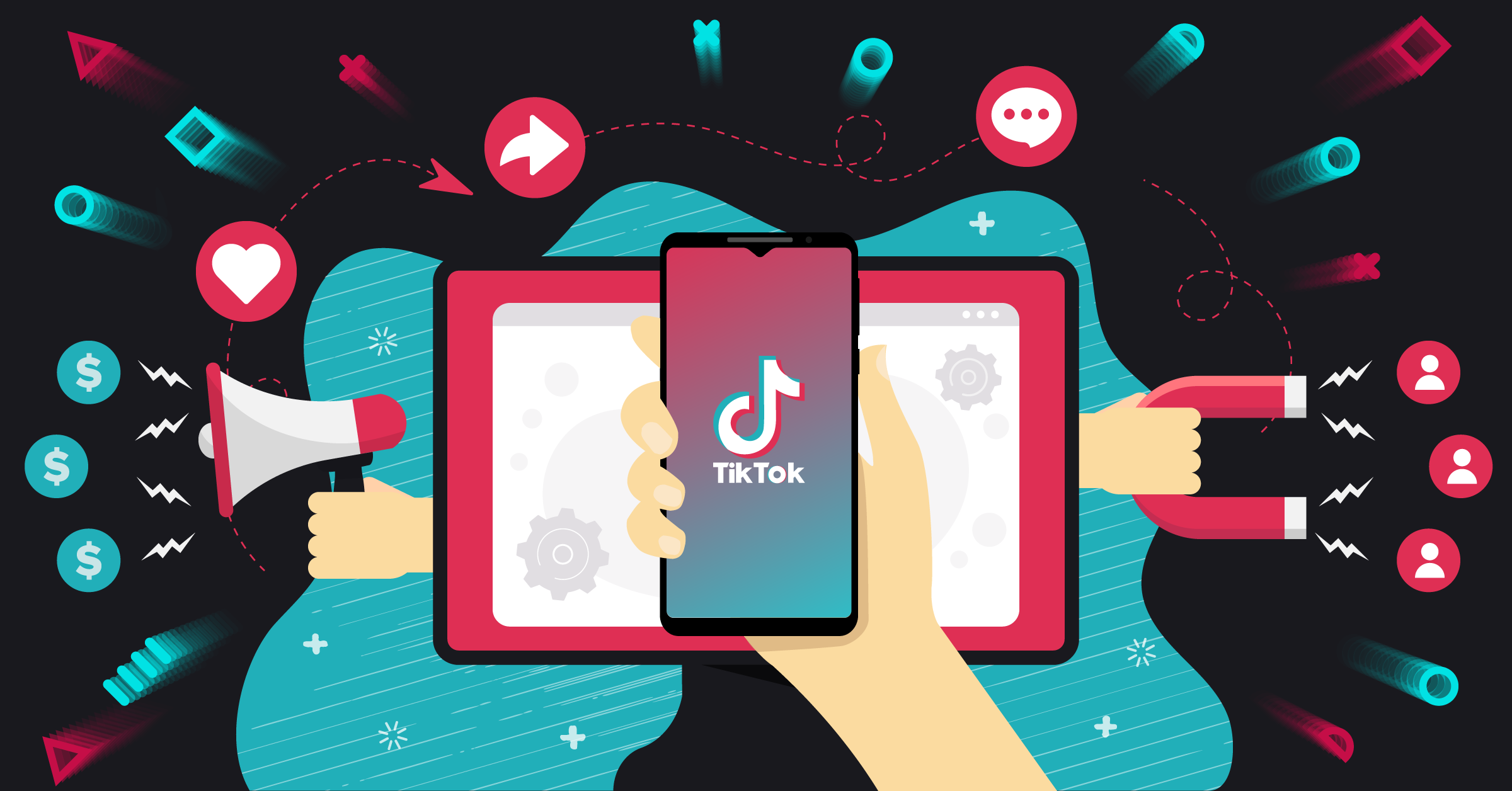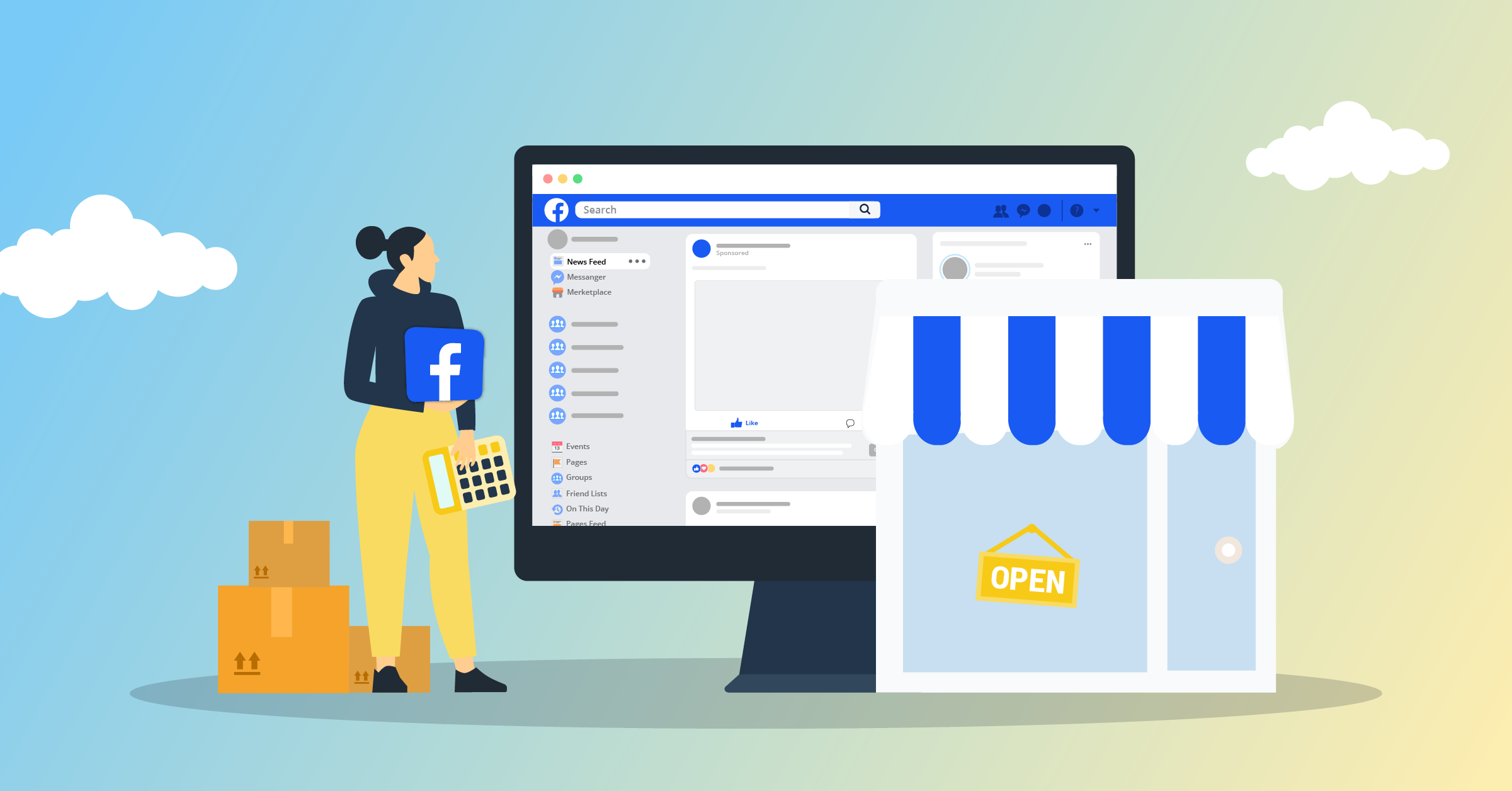
It’s no big secret that sales qualified leads are incredibly important to the success of any business. Leads allow any company to connect with a growing customer base and evolve to become more profitable over time.
Sales qualified leads are more than just potential customers. They allow companies to maintain connections that they already have by getting feedback. Sales qualified leads are important for developing new relationships, not just increasing revenue.
But, of course, companies are in the business of making profit, no matter what their industry is. Making a profit means understanding the needs of a customer base, and meeting their needs and demands. As demand increases and customer’s needs are met, companies will begin to expand and evolve. This is where sales qualified leads come into play. If a business does not continuously expand its customer base, then sales will decline, and the company will not be able to grow.
What is a sales qualified lead?
The technical definition of sales qualified leads is a potential customer that has been researched and vetted, first by the marketing team, and then by the sales team, and is ready for the next step in the sales funnel.

But, don’t get confused here. There is a big difference between sales qualified leads and marketing qualified leads.
MQL vs SQL
A marketing qualified lead is a potential customer that is more likely to become a customer, but isn’t quite ready to buy yet. Typically, this is determined based on lead intelligence, and is usually informed by closed-loop reporting.
Sales qualified leads simply means that the sales team has qualified this person as a potential customer, and they are ready for the next step in the sales funnel. They have passed the engagement stage and are ready for the next step in the sales funnel – which is typically a direct sales push. They have displayed an intent to buy, and they’ve met certain lead qualification criteria that has deemed them a good fit for a given business’s product/services.
Determining the difference between sales qualified leads and marketing qualified leads completely depends on the business’s customer lifecycle, and the agreement between the marketing and sales team within the company.
How to qualify sales leads
Qualifying a sales lead may seem like a complicated process, but it can be broken down into 5 straightforward steps:
1. Lead scoring
Applying a lead scoring model to your lead generation process helps gather vital information and data without having to ask the potential lead directly. A lead scoring model gathers said information based on engagement that the lead has already had with your brand and data fields that they have already filled out. Essentially, a higher score means that they have engaged with your website a lot. As their scores continue to rise, so does their potential to become sales qualified leads. Once their score hits a certain, agreed upon number, they’re considered sales qualified leads, and they’re ready to be contacted.
2. Research
With just a little bit of research, there’s quite a bit of lead qualifying information that you can uncover. For example, a quick search on LinkedIn could prove to be useful for finding out industries, genders, ages, and more. By engaging with your lead’s website yourself, you can gain a massive understanding of their news and launches.
3. Remember BANT
BANT stands for budget, authority, need, and timeframe. These 4 fundamental keys provide a great outline for areas of focus before you start to dive too deep into the sales pipeline. Using these keys, and gathering information about the lead pertaining to each one, provides a very strong base to support your next sale.
For example, knowing more about your potential lead’s budget can give quick insight into whether or not a product is right for them before it’s even pitched.
4. SPIN selling
Created by Neil Rackham, SPIN selling is a clever acronym to help sales teams ask the right questions during the lead qualifying period. With the right questions, a good sales team can properly nurture a lead all the way to the end of the pipeline. Here’s how SPIN works:
- S – Situation questions
To start things off, ask about the prospect’s current situation. This gives better insight into their motives and reasons for buying in the first place, and allows the sales team to tailor offers and the following questions to their needs.
- P – Problem questions
Problem questions are designed to help you understand what issues the prospect is trying to solve. Additionally, it helps the prospect understand what the product or services can do for them.
- I – Implication questions
After the problem questions are asked, it’s important to highlight the effects that the prospect’s issues could have on them, and how your products or services can resolve it.
- Need/payoff questions
To end it, ask the prospect questions that help them understand how valuable and important a solution to their issues could be. For example, you could ask, “Why is automating your lead generation process important to the future of development for your business?”
5. Enhance data profiles
Sales leads should have a data profile. This is a profile where all the information that is needed to communicate with the prospect/lead is stored. It all starts with simple pieces of information like names, phone numbers, and email addresses. As time goes on, and more information is gathered, it becomes easier and easier to tailor offers, track, and even communicate.
Of course, depending on the system, company, and goal, someone else might answer the question of how to qualify sales leads a little differently. It can be as easy as a few steps, or as complicated as a few dozen. However, the foundation for any good sales lead generation system is above.
It’s also worth mentioning (perhaps not as a step, like above) that it is very important to know the difference between interest and intent. Interest, although promising, simply means that the prospect is interested in your product. This could mean that they visited your website homepage or blog, but it does not mean that they have or had the intent to buy.
On the other hand, intent is shown when a prospect requests a demo, attends a webinar, or visits the pricing page a few times.
The prospects that show intent should always be the ones the sales team shows the most interest in because they are most likely to convert.
The importance of tracking conversions
With all of that said above, it’s time to talk about the importance of tracking multiple conversions and micro conversions.
The importance of tracking multiple conversions and micro conversions, both online and offline, is really easy to explain. Tracking conversions, whether it’s through a Facebook ad, Google Ad, or a sales call, is vital to the evolution of your sales funnel. With conversion tracking, it’s possible to know where traffic is going, and where the sales team/marketing team needs to focus their efforts.
![]()
This doesn’t mean that you’re going to get automatic insight into what is and isn’t working in your marketing and sales efforts, but it will lead to better marketing solutions, more confident and directed sales pitches, and eventually, more meaningful sales.
How to get qualified sales leads
If the goal is to generate qualified sales leads, information about prospects needs to be gathered, first. With LeadsBridge, server to server conversion tracking allows you to gather your prospect’s information from Google, Facebook, Instagram, LinkedIn, and Pinterest.
Instead of tracking customers based on their website cookies, server to server conversion tracking allows businesses to leverage web cookies and convert them into first-party data. Once information about leads has been collected on other websites as first-party data, that data can then be pushed directly to publishing platforms. Your sales lead generation will be automated and up-to-date.
The LeadsBridge blog has covered server to server conversion tracking thoroughly in another post, so be sure to check that out, too.
Conclusions and takeaways
Understanding sales qualified leads is vital for sales teams because it can save them a lot of time. Instead of focusing on chasing down every prospect, they can focus their time and effort on tracking the right people and approaching them at the right time.
The best way to generate qualified sales leads is to understand who the right people to sell to are. Once that’s done, bringing them in and converting them into customers becomes a lot easier.
A proper system for sales qualified leads will help the sales and marketing team determine what leads are ready for the next step of the sales funnel, and eventually conversion.









